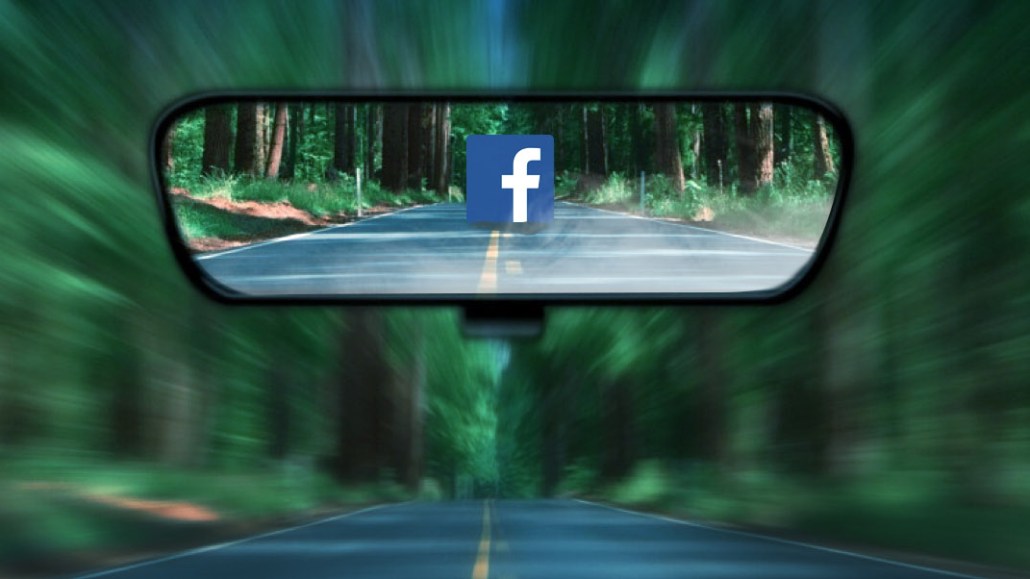Facebook to worried marketers: Get users to mark you as ‘see first’

Facebook may have told the world it is pushing brands out of its news feed, but it is giving them a workaround behind closed doors. Facebook is trying to appease advertisers that have voiced concerns by pointing them toward an existing “see first” feature in news-feed settings that Facebook claims could improve their organic reach.
In one of the emails that Digiday reviewed, a Facebook executive explained how the feature lets users choose which brand pages and friends they want to see content from. To get that reach and gain real followers, the Facebook executive advised the marketer to create content that adds “real value” to people’s lives. By doing so, the brand’s posts could be seen within the news feed if an individual has opted in to see that advertiser’s content, according to the Facebook executive.
The move basically means marketers would need people to double opt-in to receiving their postings, without any guarantee they will see them, unless of course marketers pay. For some marketers, they already did pay in order to acquire likes back when Facebook was urging marketers to do so. Now, it’s telling these same companies they need to get people take further action — and even then there’s no guarantee anybody will see what marketers post.
It isn’t a “particularly helpful gesture,” said Sam Griffith, operations director at December 19, an independent media agency that has worked with small to medium-sized brands such as watchmaker Henry London and Alive Multivitamins.
“I wouldn’t have thought the number of people specifically opting in to hear from brands [on Facebook] is large,” Griffith said. “There’s also the question of how you convince people to opt in, in the first place; you wouldn’t want to run an ad asking them to agree to receiving more ads in their news feed.”
Ad position: web_incontent_pos1
Organic reach for some smaller business Facebook pages (fewer than 10,000 fans) has hovered around 10 percent for some time, according to a marketing executive, who spoke to Digiday on condition of anonymity. That means that for every 700 people who liked a business page, for example, roughly 70 people would see a post in their news feeds organically without the company having to pay for the post to appear. The latest change drags that reach down to virtually zero, bringing it more in line with what larger brands have contended with for years.
Every little bit matters when you’re a smaller business due to the “power of virality and the affinity part of the algorithm,” said Adam Libonatti-Roche, head of social at marketing agency Bluestripe Media, which works with small to medium-sized businesses. “As [a small or midsize business], this change in functionality will be both a blessing and a curse — a blessing as it means you have a reason to [ask for] a larger paid social budget, or [alternatively], try a new platform; a curse as it means on Facebook, paid social has a hold on your page.”
While Facebook has said users will see more of their friends’ content in the news feed, they will continue to see ads from brands that have paid for them to appear there. Arguably, the change has merely increased competition — and therefore prices — for getting into the news feed, by pushing out those who can’t afford to pay to be in it.
Ad position: web_incontent_pos2
Facebook needed to respond to the issues around fake news, but it appears as though the purge will “only result in more being spent on paid ads,” Griffith said.
Facebook has made no secret of its attempt to convince smaller businesses, which account for a large portion of its 5 million-plus advertisers, to buy more paid ads. Last year, it launched a raft of tools to help smaller businesses “go mobile” and over the summer set up what it calls “SME Councils” in markets such as Ireland and Nigeria to court new spenders.
The prevailing narrative among larger brands following Facebook’s news-feed change is that it won’t impact their plans for the platform. Unlike publishers, brands have been strong-armed into paying to appear on the social network for several years. But Leila Fataar, the founder of creative network Platform13, believes the change could eventually lead to fundamental changes to marketing on Facebook now that “passive consumption [views] of branded content is deprioritized,” she explained.
“This has been the reach metric brands have strived for on social for the last few years, so it will be very interesting to see how this huge change in measure of success plays out in the next few months,” she added.
More in Media

NewFronts Briefing: Samsung, Condé Nast, Roku focus presentations on new ad formats and category-specific inventory
Day two of IAB’s NewFronts featured presentations from Samsung, Condé Nast and Roku, highlighting new partnerships, ad formats and inventory, as well as new AI capabilities.

The Athletic to raise ad prices as it paces to hit 3 million newsletter subscribers
The New York Times’ sports site The Athletic is about to hit 3 million total newsletter subscribers. It plans to raise ad prices as as a result of this nearly 20% year over year increase.

NewFronts Briefing: Google, Vizio and news publishers pitch marketers with new ad offerings and range of content categories
Day one of the 2024 IAB NewFronts featured presentations from Google and Vizio, as well as a spotlight on news publishers.
Ad position: web_bfu



